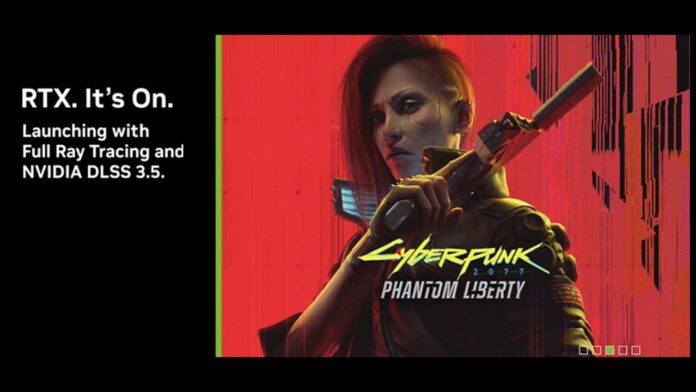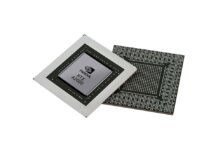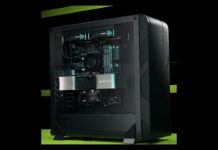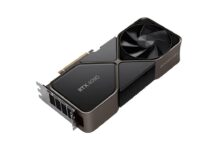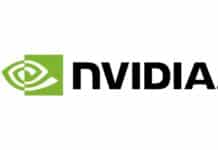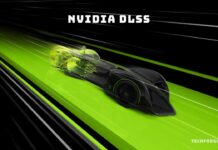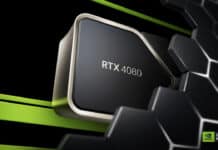Nvidia has taken another significant step forward in the evolution of gaming visuals with the unveiling of Deep Learning Super Sampling (DLSS) 3.5 technology at Gamescom 2023. Building on the foundations laid by the Turing-based RTX 20 Series and the groundbreaking integration of real-time ray-tracing technology in games, Nvidia has been on a relentless innovation journey. With two new GPU generations already introduced and the debut of DLSS 3 alongside the RTX 40 Series graphics cards, let’s delve into the details of the latest enhancement – DLSS 3.5.
Table of Contents
The Evolution of DLSS
Nvidia’s DLSS technology leverages artificial intelligence to enhance image quality. The previous release, DLSS 3, brought about Frame Generation. This revolutionary feature effectively doubled the frames per second (FPS) by having AI generate half of the frames. Now, Nvidia has unveiled DLSS 3.5, and within it, the highly anticipated Ray Reconstruction function takes the spotlight.
Introducing Ray Reconstruction
Ray Reconstruction introduces a new AI network, meticulously trained on supercomputers, to generate high-quality pixels that bridge the gap between sampled rays. Unlike the conventional approach of using hand-tuned optimizers for classic denoising, Ray Reconstruction employs AI to enhance the final image quality. In 2022, Nvidia showcased real-time denoisers, allowing developers to make the most of a limited budget of rays per pixel while still achieving impressive in-game visuals.
A Leap Forward in Quality
Ray Reconstruction takes this pursuit of quality a step further. This advanced AI-driven technique is poised to outperform its predecessors, setting a new standard for image refinement. The impact of Ray Reconstruction will soon become evident in upcoming titles that embrace DLSS 3.5. Moreover, this technology will not be confined to gaming alone. Real-time 3D creation tools such as D5 Render and Chaos Vantage, along with Nvidia’s Omniverse platform, will also benefit from this innovation, elevating the quality of visuals across the board.
Anticipated Titles and Projects
The latter half of 2023 is brimming with exciting releases that will showcase the prowess of DLSS 3.5. The list of titles that will feature DLSS 3.5 support, combined with ray-tracing and Nvidia Reflex, is impressive. Here are a few standout mentions:
- Expansion of Phantom Liberty and Cyberpunk 2077
- Alan Wake Part 2
- Portal with RTX
But the excitement doesn’t stop there. Nvidia has also unveiled plans for an RTX Remix project featuring the iconic Half-Life 2 from Valve. This project will incorporate complete ray-tracing, DLSS 3, and Nvidia Reflex technology to enhance the gaming experience.
The Path Forward
As of now, the DLSS 3.5 landscape is still growing. While the technology is relatively new, the momentum is undeniable. Although the number of games currently supporting DLSS 3.5 remains limited, the broader adoption of DLSS 3 across more than 35 titles showcases the trajectory of this innovation. With even the AMD-partnered Starfield game receiving an unauthorized DLSS 3 mod, it’s only a matter of time before DLSS 3.5 follows suit.
Embracing the Future
With each iteration of DLSS, Nvidia continues to push the boundaries of what’s possible in gaming visuals. The release of DLSS 3.5, with its Ray Reconstruction technology, marks another milestone in this journey. The gaming community eagerly anticipates the release of new graphics drivers and upcoming titles to witness the true potential of DLSS 3.5. Are you excited about the advancements Nvidia is making with DLSS technology? How do you feel about the introduction of Ray Reconstruction? Let us know what you think in the comments section.

